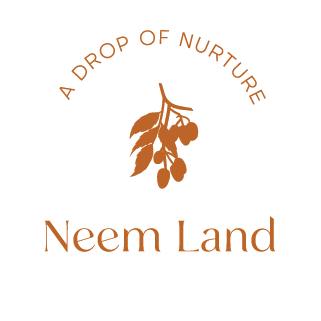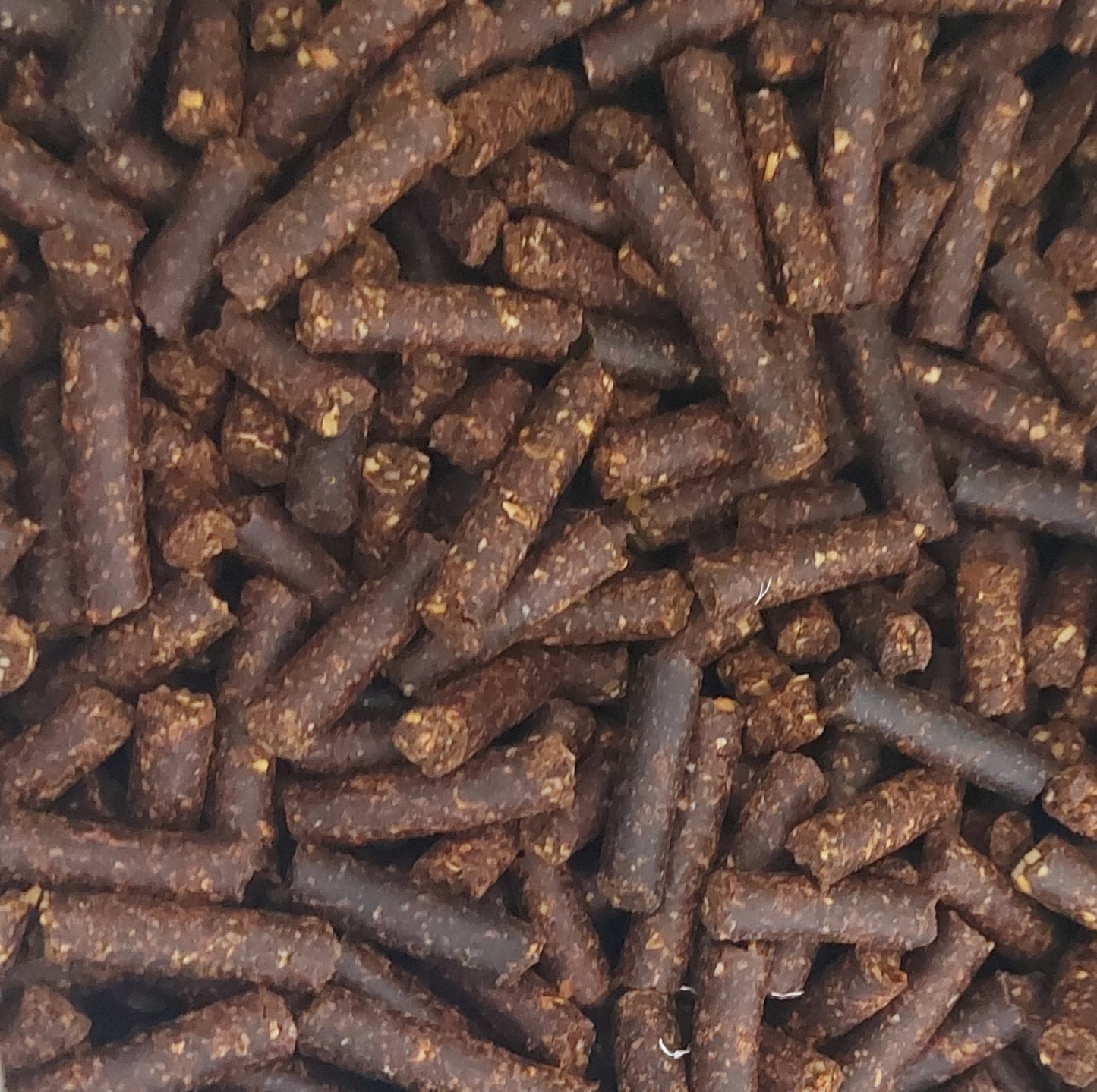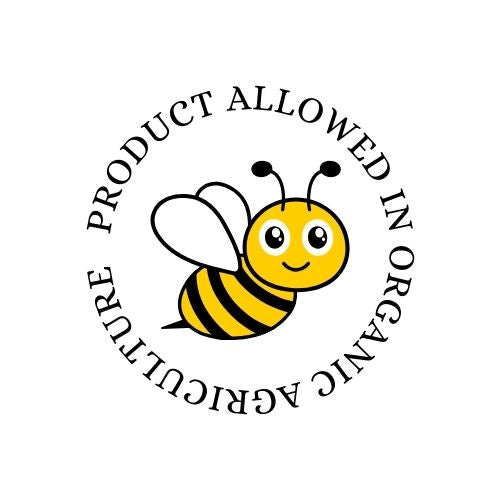Neem oil is a natural insecticide and fungicide used in organic gardening to control pests and plant diseases.

Some diseases that neem oil can help prevent in apple orchards include: • Powdery Mildew - Powdery mildew is a fungal disease commonly found in apple orchards. Neem oil can help prevent powdery mildew on apples by acting as a fungicide. • Fire Blight - Fire blight is a bacterial disease that can cause significant damage in apple orchards. Neem oil is not effective in preventing fire blight but might assist in alleviating symptoms. • Rust - Rust is a fungal disease that appears on apple leaves and branches. Neem oil can help prevent rust as it acts as a fungicide. • Apple Maggot - Apple maggot is a pest that can cause substantial damage in apple orchards. Neem oil acts as an insecticide and can help prevent apple maggots. In general, neem oil is recommended to be applied preventively, before the onset of diseases or mite infestations, or during the early stages of infestation. For this purpose, a solution of neem oil at a concentration of 0.5-1% can be applied with intervals of 7-14 days between applications. It's important to note that neem oil should be used preventively and not when the disease is already present. Also, it's crucial to follow the manufacturer's instructions for usage and apply it only in recommended quantities to avoid harming the plants.
Some Common Apple Pests: • Codling Moth (Cydia pomonella) - A pest whose larvae bore into apple fruits, leading to worminess and fruit damage. • Apple Leafroller (Archips podana) - A moth whose larvae feed on apple leaves, causing skeletonization and leaf drop. • Oriental Fruit Moth (Grapholita funebrana) - A moth whose larvae also attack apple fruits, creating hollow channels within the fruit. • Apple Fruit Weevil (Rhynchites auratus) - Larvae that feed on apple leaves, leaving behind round holes. • Two-Spotted Spider Mite (Tetranychus urticae) - A mite that feeds on apple leaves, causing silver-yellow spots and defoliation. • San Jose Scale (Quadraspidiotus perniciosus) - A scale insect whose larvae hide under protective scales, feeding on apple leaves and branches. • Woolly Apple Aphid (Eriosoma lanigerum) - A aphid that feeds on apple trees, causing the presence of sticky honeydew and the appearance of red fruits. • Codling Moth (Cydia pomonella) - A pest that enters apple fruits in the fall to overwinter and continues to damage fruits in the spring. • Green Fruitworm (Adoxophyes orana) - A moth whose larvae feed on leaves, causing leaf curling and twisting. • European Red Mite (Panonychus ulmi) - A mite that attacks apple fruits, leaving spots and causing deformations. To take timely protective measures and minimize damage to the apple harvest, it's important to regularly monitor the orchard and detect the presence of these pests. Integrated pest management involves the use of various control methods to achieve sustainable and effective orchard protection.









